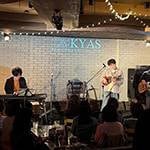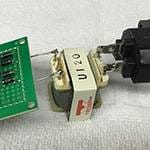Guitarists all love their effects pedals.
Sometimes you see questions like "What is the correct way to use this effect pedal?” and “How should I connect it?' It's perfectly fine to use them in ways not recommended by the manufacturer or designer (like connecting from the power amp output directly to the effects pedal, which is obviously not recommended since it could break). Using effects pedals in ways they weren't originally intended, like creating delays, is common nowadays, but it can your music more interesting if it works.
This time, I’m going to introduce several hidden techniques for using effect pedals. Advanced users might say, "This is common sense!” But, you may not want to skip out on this article just yet.
01 Does the Effects Pedal Connect 'Chorus → Delay' in an Absolute Order?!
Generally, the established wisdom for connecting effects pedals suggests placing modulation effects (such as chorus or phaser) after delay effects.
However, I think to myself, "Why not add the chorus after the delay?!"
In practice, there's a noticeable difference in sound between applying delay to a chorus sound versus applying chorus to a delayed sound. Personally, I found that by adding chorus after the delay gives a clearer, more satisfying result.
Whether clarity is better or worse is entirely up to personal preference!! It's all about freedom!!
02 How to Use a Clean Booster
In recent years, clean boosters have become quite popular. A common way to use them is to connect them before the main distortion and kick them on during solos for that "BOOSTER ON!!!" effect. However, have you ever thought that increasing the amount of distortion alone isn't quite hitting the mark? I bet you have! Surely, it must have crossed your mind!
And, there's a reason for that: the final volume depends on the volume control of the distortion effects connected downstream, so it won't go any louder. While increasing the input level does raise the overall volume, it doesn't create significant change beyond increasing distortion.
So, what's the solution?
If you want to increase the volume effectively, put the booster after your main distortion!
This approach significantly boosts the volume, creating a distinct contrast between backing and solo sections.
By the way, the author previously used the well-known XOTIC RC Booster V2 Overdrive/Booster.
The RC Booster has rightfully sparked a boom in the clean booster market and has become a staple due to its user-friendly and excellent performance. As for my approach, I connect it after the main distortion pedal, slightly boosting bass, reducing treble a bit, adding just a touch of distortion with the GAIN setting while significantly increasing the volume. I find that setting it to a level where I would think, "Is this a bit too loud?" tends to be just right for the audience's perspective.
Increasing the RC Booster's GAIN introduces a fuzz-like distortion, enhancing nuances such as picking dynamics and creating a satisfying sound with plenty of character. On the flip side, it can make playing more challenging… Hence, practice, practice, practice!
In smaller venues like live houses or bars where PA staff may not be closely monitoring throughout the performance, controlling your volume is crucial!
03 Why You Should Use a Distortion Pedal When You Want Amp Distortion
You might think what I'm saying is contradictory. For instance, when you distort your amp to create a good volume for a guitar solo and you continue playing rhythm without adjusting, the sound might be too loud for vocals to be heard, and the audience might only hear the guitar, right?
Recently, it seems the trend is to keep the amp clean and use distortion effects. However, many guitarists wonder: Isn't it a shame not to use the distortion sound of a powerful Marshall stack amp in live houses and studios?
Nevertheless, it might be inconvenient to prepare a dedicated footswitch for channel switching on the amp and it's hard to set up multiple channels during short rehearsals or setup times. Some say, "Just lower the guitar volume!" But this doesn't always reduce the overall volume enough, and some argue, "I want a distorted background sound, so reducing the distortion level isn't ideal!"
So, what should you do?
For those pondering this, here's the solution!
『Distortion Pedal~~~』
"Hey, what happened to using amp distortion? Damn it!!" I can almost hear the thoughts of my readers echoing in my head. Well, please hear me out till the end.
Here's the explanation…
- First, distort the amp to get a good solo setting.
- Set the distortion pedal's GAIN and LEVEL lower so that when you turn it on, the volume decreases.
- Then, gradually increase the GAIN to the desired level as needed.
In essence, you're turning off the boost to turn on the distortion. When you reduce the amp's input level, the amount of distortion decreases. However, you then add the distortion pedal's distortion to create the sound for rhythm backing. Of course, the backing distortion sound won't be purely from the amp—it will be a blend of the amp's distortion with a touch of the distortion pedal's character, leveraging the amp's distortion characteristics.
Have you ever set the volume of your distortion pedal only to match or increase it when the effect is off? That's a missed opportunity! You can achieve so much more with it.
Of course, you can apply the same approach with overdrive pedals as well.
Now, why did I mention the DS-1 earlier? The DS-1 has a distinctive feature compared to other distortion pedals: it has a wide range for lowering the volume. Many distortion pedals tend to maintain the same volume level or even slightly increase it when the volume knob is set around 9 o'clock or lower. In contrast, the DS-1 can lower the volume a bit even around 12 o'clock, making it easier and more suitable as a distortion pedal for adjusting volume for backing parts.
Certainly, there are other pedals that work well for this approach. You won't know until you try them out yourself.
So now……
Let’s venture forth once more into the sea of distortion pedal hunting!!!
If you find that distorting your amp prevents you from achieving a crisp clean sound, then perhaps consider getting an amp specifically designed for clean tones. Personally, I played in a band where I needed a sharp, clean sound for funk-style rhythm guitar, so I kept the amp clean and used pedals for distortion. Sometimes, that's just the way it has to be.
In other cases, when using a lower wattage amp like a FENDER Blues Junior (around 15W), you may need more volume, which can lead to unwanted distortion. In such situations, using a clean booster to lower the volume which then reduces distortion while achieving a relatively clean sound can be effective.
In this scenario, an equalizer can also serve as a clean booster.
Before the RC Booster popularized clean boosters, some people used equalizers to simply boost the volume level without adding distortion. It's another way to approach using clean boosters effectively.
Whether you're adjusting distortion levels, volume, or exploring the settings of boosters, overdrives, distortions, and amp distortions, reconsidering your setup can lead to some fascinating discoveries!
So now, I've introduced three examples of unconventional ways to use effects pedals! Whether you call them "techniques" or not (laughs), I think the first step to finding your own sound is to try various approaches with an attitude of "Hmm, let's give this a shot!"
Connecting reverb, chorus, or phaser before distortion can yield interesting sounds! It's all about freedom!
Beyond the walls, there are seas of fire, icy landscapes, and sandy snowfields waiting to be explored!! That's the beauty of the electric guitar that other instruments don't have!!
While considering all this, I meticulously explore the volume during rehearsals for live performances. It varies greatly depending on the venue, so finding the right volume is crucial.
Freedom!! Amps cranked to the max, full throttle!!
However, while it might feel great to play like that, for the audience, it often just becomes noise.
Let's also consider "volume control" as one of the skills that defines a guitarist's proficiency!!
There are plenty more ideas for using these types of effects pedals, so who knows, maybe I'll write a Vol. 2 when I come up with more ideas! Until next time!!





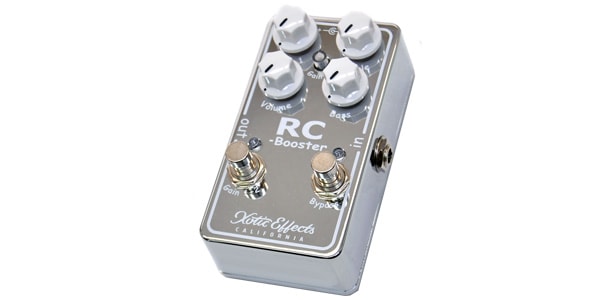
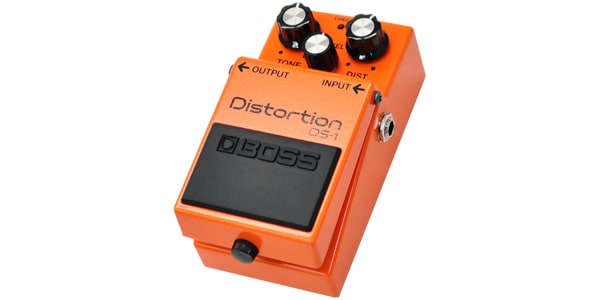



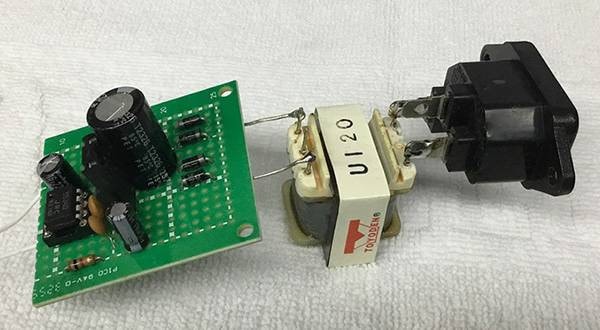
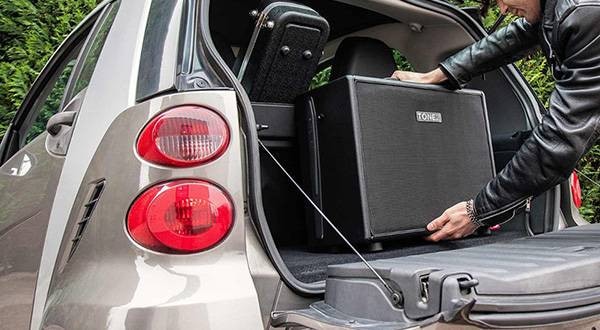
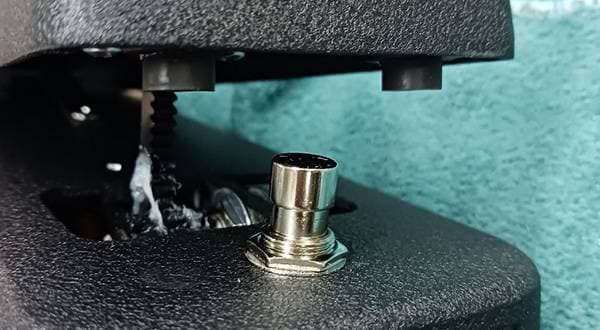
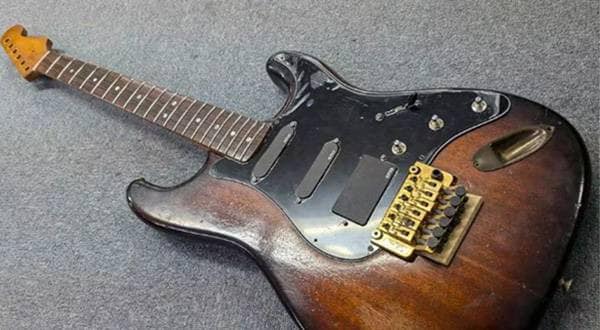
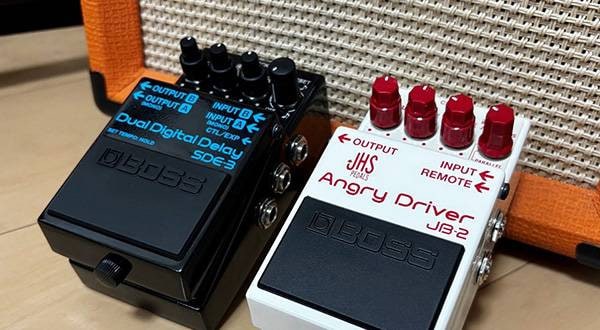
![[2025 Latest Edition!] 5 Recommended Distortion Pedals!](/contents/uploads/thumbs/2/2023/12/20231228_2_25090_1.jpg)
![[Guitarist’s Perspective] Equipment that is Thought to Improve Sound Just by Passing it Through Part 2 - Clean Boosters](/contents/uploads/thumbs/2/2023/3/20230307_2_21607_1.jpg)
![[New for 2025] Top 10 Recommended Overdrive Pedals!](/contents/uploads/thumbs/2/2022/8/20220801_2_18812_1.jpg)
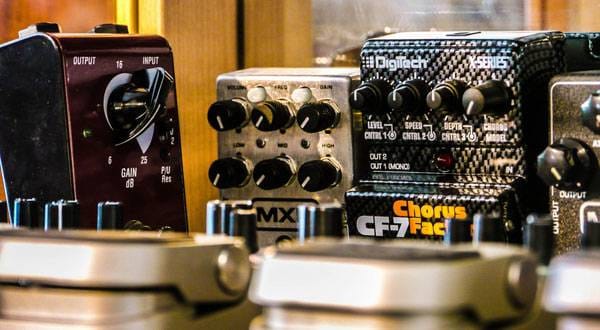
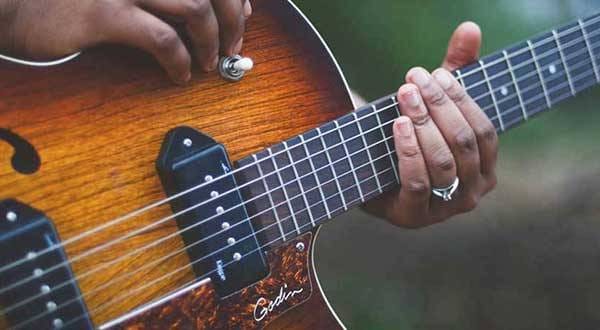
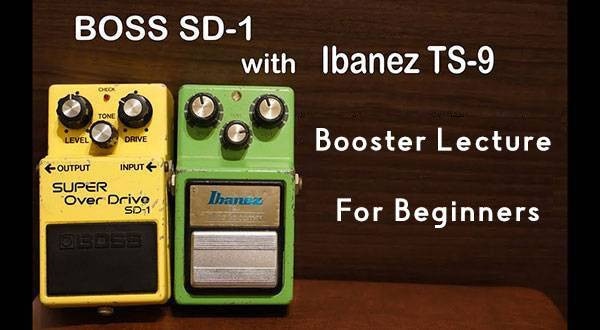
 はじめてのエフェクターは GT-1 にしよう
はじめてのエフェクターは GT-1 にしよう
 【初心者向け】エフェクター講座
【初心者向け】エフェクター講座
 あなたのエフェクターボード見せてください
あなたのエフェクターボード見せてください
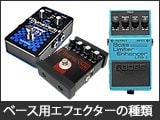 ベース用エフェクターの種類
ベース用エフェクターの種類
 エフェクターのつなぎ方
エフェクターのつなぎ方
 エフェクターの種類
エフェクターの種類

